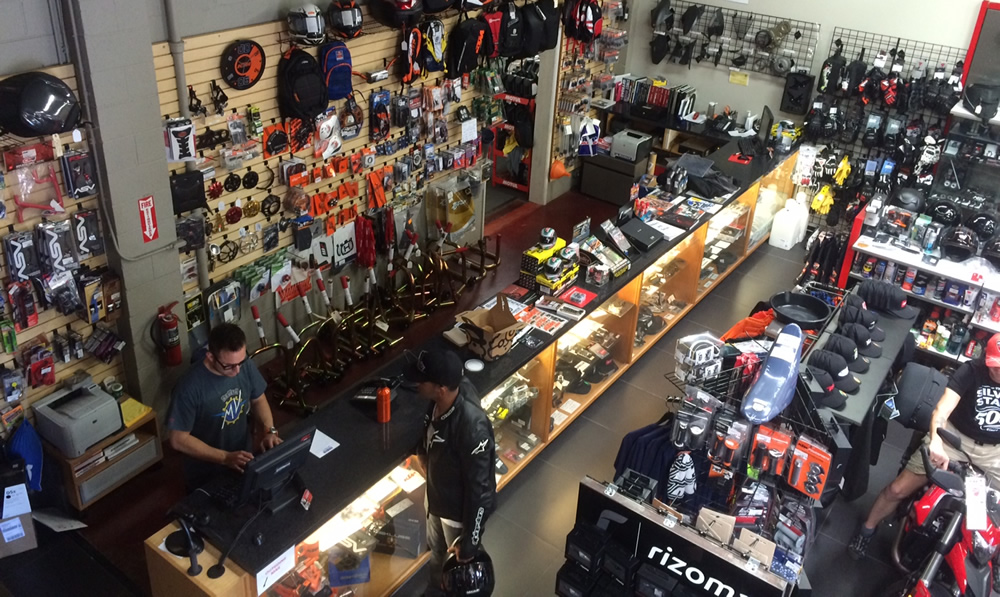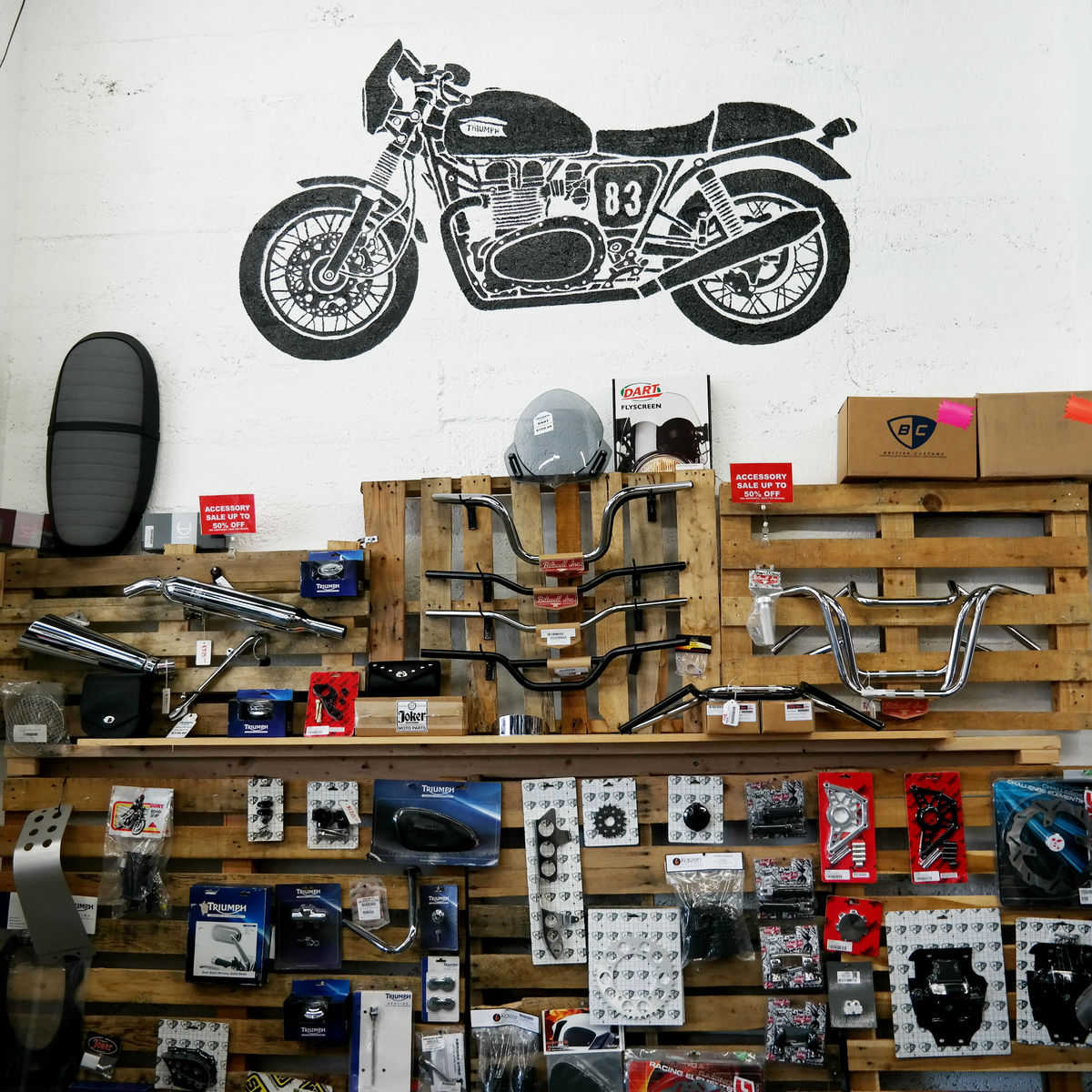Comprehending the Crucial Parts of a Motorbike: A Comprehensive Guide for Fanatics
For motorbike enthusiasts wanting to boost their riding experience and guarantee their bikes run efficiently, comprehending the important parts of a motorbike is extremely important. Each aspect, from the engine's elaborate workings to the important function of the stopping mechanisms, not only influences performance but likewise safety and security and convenience. This guide will go through the basic parts that every motorcyclist need to be familiar with, allowing notified selections in both upkeep and possible upgrades. As we start this exploration, one must ask: how does each element engage to develop the smooth ride every enthusiast seeks?
Engine Parts

The camshaft plays a vital role in managing the timing of the engine's valves, ensuring the specific opening and closing required for reliable fuel and air consumption, in addition to exhaust expulsion. This timing is essential to keeping ideal engine efficiency and efficiency. Furthermore, the carburetor or fuel shot system, depending on the motorbike version, is in charge of blending air with gas in the appropriate proportion for burning.
The cooling system, either air or liquid-based, functions to maintain the engine's temperature within functional restrictions, stopping getting too hot and ensuring long life - motocross gear nz. Each element, meticulously developed and incorporated, contributes to the smooth procedure of the engine, specifying the bike's power result and overall performance
Transmission System
Essential to the motorbike's capability, the transmission system ensures efficient power transfer from the engine to the wheels. This system makes up a number of important parts, consisting of the clutch, transmission, and last drive, each playing an essential duty in converting the engine's power right into activity. The clutch, generally run by a hand bar, serves to engage and disengage the engine from the transmission, enabling smooth gear changes and controlled acceleration.
The gearbox, commonly described as the transmission appropriate, consists of a collection of gears that bikers can manually shift through to readjust the bike's rate and torque outcome. These equipments are prepared in a series that allows the motorbike to accelerate smoothly and keep ideal engine performance across various rates. A lot of motorbikes use a sequential transmission, calling for the cyclist to move gears in an established order.
Braking Systems
While comprehending the transmission system is crucial to using a motorbike's power, similarly important is the ability to regulate and quit that power efficiently, which is where braking devices enter into play. Brakes are critical for safety and security and efficiency, providing the cyclist with the needed control to navigate different terrains and problems. Normally, motorbikes feature two kinds of braking systems: disc brakes and drum brakes.
Disc brakes are more widespread in contemporary motorcycles as a result of their remarkable performance. They contain a brake disc, caliper, and pads. When activated, the caliper presses the brake pads against the rotating disc, transforming kinetic energy right into warm, therefore slowing down the wheel. This system offers much better warmth dissipation, constant efficiency, and enhanced quiting power, especially in damp conditions.
Alternatively, drum brakes, though less typical, are still discovered in some bikes. They function by pressing brake shoes against the internal surface area of a drum affixed to the wheel. While typically much less reliable in heat dissipation and stopping power, drum brakes are easier and more economical.
Recognizing these braking systems' nuances enables motorcyclists to keep their bikes properly and appreciate the design that guarantees risk-free and effective stopping.
Suspension and Steering
Suspension and guiding systems are vital components that substantially affect a bike's handling and trip convenience. The shock absorber, consisting of forks at the front and shock absorbers at the back, absorbs road abnormalities, boosting security and control. Front forks, typically telescopic or inverted, compress and rebound to mitigate impacts, while rear shock absorbers maintain tire call helpful site with the road, crucial for traction and safety and security.
Guiding, focused around the handlebars, connects the biker to the motorbike's directional control. The steering head bearings ensure smooth operation, permitting specific ability to move. Appropriate positioning and maintenance of these bearings are crucial for foreseeable steering response and reducing cyclist exhaustion.
The suspension's adjustability is one more vital element; preload, damping, and rebound settings permit modification to match various riding styles and problems. This flexibility is crucial for optimizing efficiency, whether browsing city streets or tackling rugged tracks. Developments like electronic suspension systems use real-time modifications, improving ride quality across varied terrains.

Electric Systems
After ensuring a smooth and regulated adventure through reliable suspension and steering systems, focus turns to the electrical systems, a critical aspect of contemporary motorcycles. These systems play useful link a crucial duty not only in beginning the engine but likewise in powering various parts that improve the capability and security of the bike.
At the heart of a motorcycle's electric system is the battery, which shops electrical power required for beginning the engine and powering complementary systems - motorbike shop. The alternator or generator, paired with the rectifier-regulator, guarantees the battery continues to be billed while the motorcycle is in operation, transforming mechanical power right into electric power and preserving voltage degrees
The ignition system, another crucial element, is in charge of igniting the air-fuel mixture in the engine's cylinders. Modern motorbikes commonly make use of a digital ignition system, supplying better efficiency and reliability compared to conventional systems.
Illumination systems, consisting of fronts lights, tail lights, and signs, are likewise crucial, making certain presence and safety and security for the cyclist. Added digital elements such as sensors, control systems, and shows add to advanced functions like gas injection management, anti-lock braking systems (ABS), and electronic control panels, additionally improving the riding experience.
Conclusion
A thorough understanding of a motorbike's important elements, consisting of the engine, transmission system, braking devices, suspension, guiding, and electrical systems, is crucial for lovers aiming to enhance safety and security, comfort, and efficiency. Proficiency of these aspects enables educated decisions pertaining to maintenance and upgrades, ultimately enhancing the riding experience. By incorporating this expertise, discover here riders can ensure their bikes operate at peak efficiency and dependability, thus taking full advantage of both pleasure and longevity of their lorries.
For motorbike fanatics looking to raise their riding experience and guarantee their bikes run smoothly, recognizing the necessary components of a motorbike is critical.Indispensable to the bike's functionality, the transmission system makes sure reliable power transfer from the engine to the wheels.While understanding the transmission system is essential to taking advantage of a bike's power, just as crucial is the capacity to regulate and quit that power effectively, which is where braking systems come into play. Commonly, bikes include 2 kinds of stopping systems: disc brakes and drum brakes.
An extensive understanding of a motorbike's necessary parts, consisting of the engine, transmission system, braking mechanisms, suspension, steering, and electrical systems, is essential for lovers aiming to enhance convenience, security, and performance.
Comments on “Leading MX Gear NZ: Get Ready for Your Following Off-Road Journey”